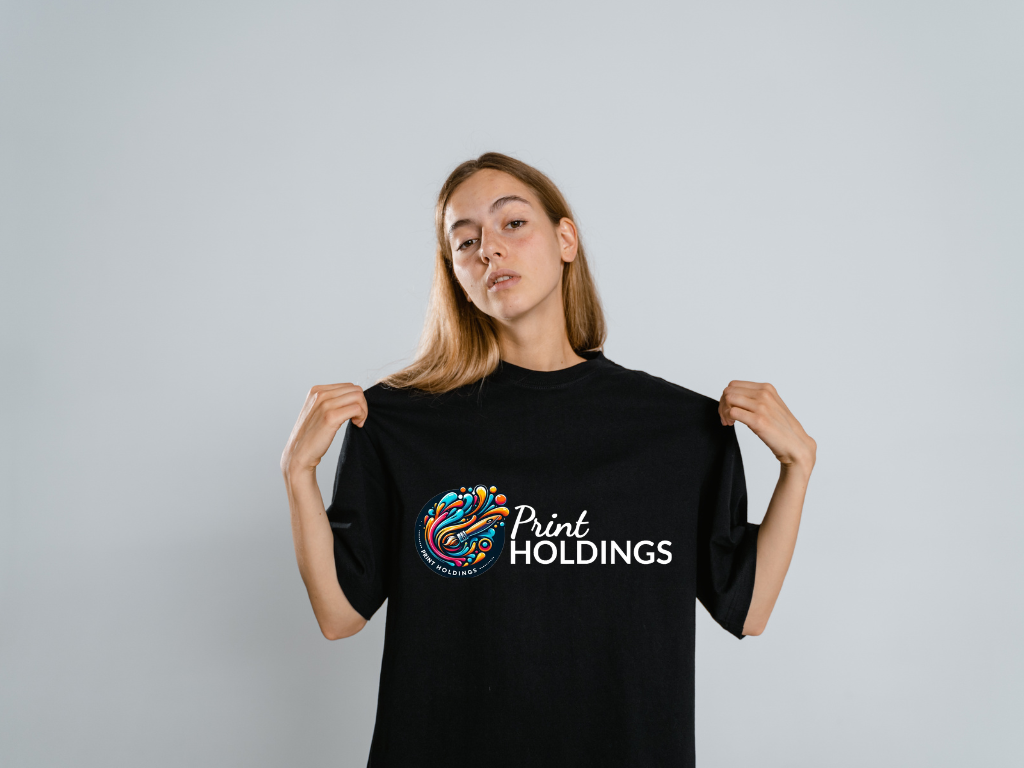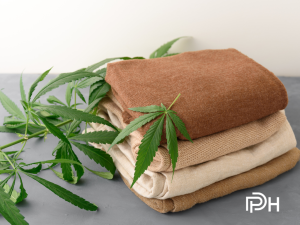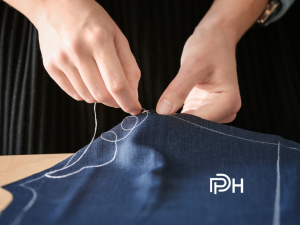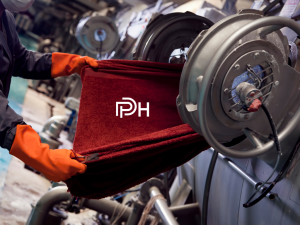When it comes to t-shirt print on demand australia, the fabric you choose is just as important as the design. The right material can make a t-shirt feel soft, wear better over time, and support your values as a sustainable brand.
Customers today care about comfort, but also how and where their clothes are made. A high-quality fabric doesn’t just look good—it feels better and lasts longer. If you’re building a brand or offering print on demand in australia, choosing the right textile sends a message that you care about more than just the final print.
The Role of Fabric in Long-Lasting Print Results
Fabric quality also impacts how well the design holds up after washing. Low-grade materials can shrink, stretch, or cause cracks in the print. That’s a problem for any brand offering Apparel Printing that aims to deliver consistency and value.
When you’re working with local printing production partners, they’ll often guide you toward materials that hold ink better and reduce fading. That’s why it’s worth paying attention to the base garment—not just the design you put on it.
The Best Fabric Options for Print on Demand in Australia
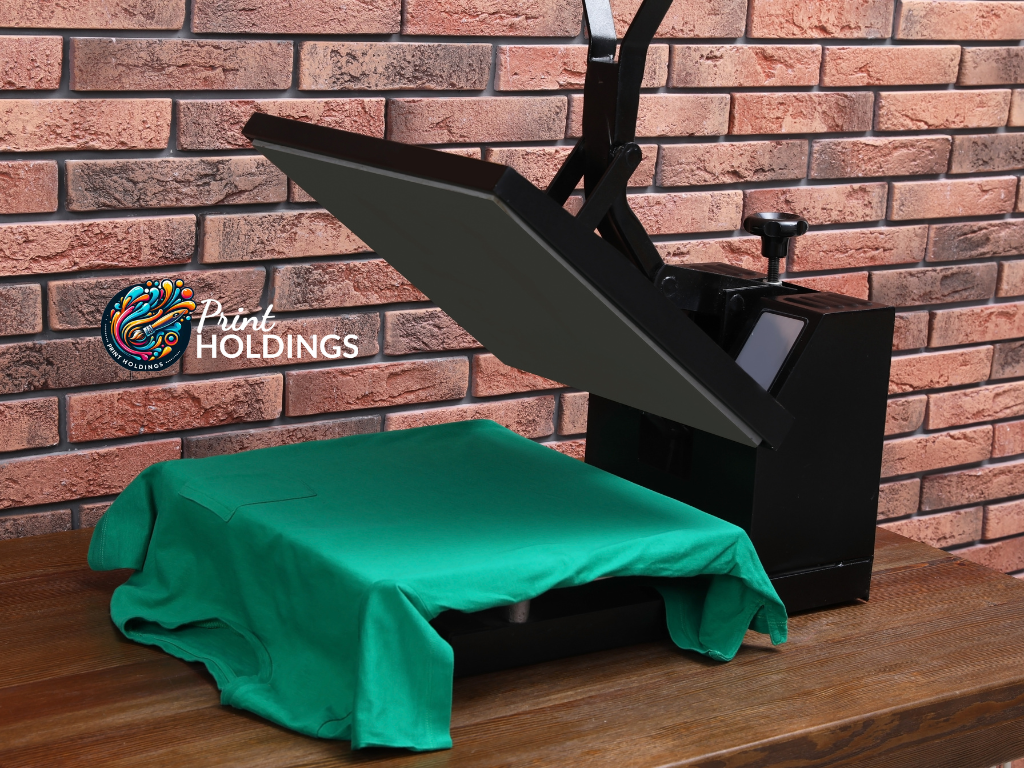
Cotton, Blends, and Hemp: What to Know
For print on demand in australia, the most common t-shirt fabrics are 100% cotton, cotton-polyester blends, and hemp. Each has its pros and cons. Cotton is soft and breathable, but may shrink over time. Blends are often cheaper and wrinkle less but aren’t as eco-friendly.
Then there’s hemp—a rising star in sustainable fashion. Hemp fibres are durable, naturally antibacterial, and breathable, making them perfect for everyday wear. As more brands move toward ethical practices, hemp is quickly becoming a favourite choice in t-shirt print on demand australia.
Why Sustainable Textiles Like Hemp Are Leading the Way
Hemp requires less water, fewer chemicals, and grows faster than cotton. That means less environmental impact from the very start of the supply chain. For brands focused on clean materials and performance, it’s a win.
And because hemp blends well with organic cotton and other fibres, it creates soft, high-performing fabrics that are ideal for Apparel Printing. When you choose hemp, you’re not just selecting a shirt—you’re supporting better farming, better factories, and better fashion.
Matching T-Shirt Styles with Printing Methods
Which Styles Work Best for Apparel Printing?
Not all t-shirts are created equal. When working with Apparel Printing, style plays a big role in how your final product looks and feels. Classic crew necks are great for bold prints, while slimmer cuts work better with minimal designs. Oversized or drop-shoulder styles offer a relaxed, streetwear feel.
If you’re using print on demand in australia, consider who your audience is. Are you targeting gym-goers, fashion-forward youth, or eco-conscious professionals? The cut and shape of your shirts should match the look they love.
Fit, Weight, and Fabric Texture Matter More Than You Think
Heavier shirts (like 200gsm and above) give a premium feel and often work better for complex or large prints. Lighter shirts are better for hot climates and casual use but may not hold heavy ink as well. Also, texture matters. Smooth fabrics give a crisp, clean print, while rougher textures can cause designs to look faded or uneven.
That’s why professional printing production teams test samples before full runs. If you’re searching for printing services near me, ask them about fabric compatibility—it could save you time and money.
How to Plan for High-Quality Printing Production
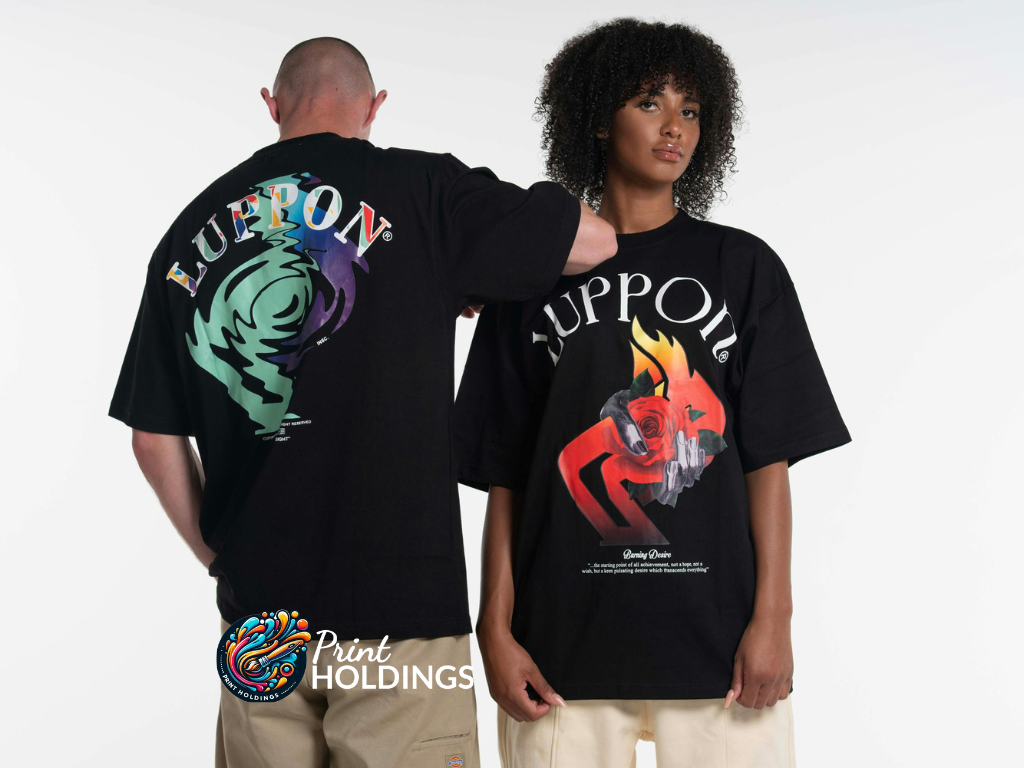
Avoiding Print Cracks, Fading, and Stretch Issues
When launching a t-shirt line through t-shirt print on demand australia, it’s important to plan for durability—not just design. One of the biggest issues in poor-quality shirts is cracking, fading, or peeling after a few washes. That often happens when the wrong combination of fabric and print method is used.
To avoid this, always choose quality t-shirts with strong fibres and tight weaves. These hold ink better and keep their shape longer. If your fabric stretches too much or shrinks in the wash, even the best designs can look distorted.
Whether you’re using DTG (Direct to Garment), screen printing, or heat transfer, make sure your printing production partner knows the fabric and method best suited to your project. A little planning goes a long way.
What Fabric and Style Choices Mean for Scalable Production
If you’re planning to grow your collection or launch a full brand, consistency matters. Choosing one or two standard fabrics and cuts makes it easier to scale. It also helps your printing production team maintain print quality across batches.
For example, using the same base tee for multiple designs allows for bulk ordering, faster fulfilment, and fewer quality issues. This is especially important in print on demand in australia, where local fulfilment centres value efficiency and material consistency. By picking smart from the start, you can scale with confidence and keep your brand’s quality high.
Where to Start When Searching for Printing Services Near Me
Choosing Local Experts in Print on Demand in Australia
If you’re just starting out, it’s smart to search printing services near me so you can work directly with experienced local teams. Local printers often offer faster turnaround times, easier communication, and better quality checks. You can even request a sample or visit the facility in person.
Many t-shirt print on demand australia providers now offer eco-conscious options like water-based inks, recycled packaging, and hemp-friendly materials. Working with local businesses who care about the same values helps you stay aligned with your brand’s message—and makes troubleshooting easier if something goes wrong.
What to Look for in a Sustainable Print Partner
Not all printing services near me will align with your sustainability goals. So it’s worth asking questions up front. Do they support hemp or organic cotton fabrics? Are they transparent about their ink types and waste processes? Do they offer carbon-neutral shipping or plastic-free packaging?
Sustainability isn’t just about the fabric—it’s about the full lifecycle of the shirt. By choosing a responsible Apparel Printing partner, you’re adding credibility to your brand and delivering real value to conscious customers. It’s not just good ethics—it’s smart business.
Final Tips for Launching Your Own T-Shirt Line

Test Different Styles Before Going Big
Before ordering in bulk, always test a few different shirt styles and fabrics. Order samples with your chosen designs and see how they look and feel in real life. You might find that your audience prefers mid-weight shirts over thick ones—or that lighter inks look better on darker hemp blends.
Small test runs help you fine-tune your approach without wasting money. Plus, they let you catch quality issues early in the printing production process before scaling your brand.
Let Fabric, Fit, and Feel Reflect Your Brand Values
In today’s crowded market, people don’t just buy t-shirts—they buy what those shirts represent. So if your brand is all about sustainability, comfort, or minimalist style, your choices in fabric and fit should match that message.
Whether you’re focused on hemp apparel, eco fashion, or simply premium comfort, aligning your shirt selection with your values helps build brand trust. With the right choices and a trusted print on demand in australia partner, you’re not just selling tees—you’re telling a story your customers will want to wear.

